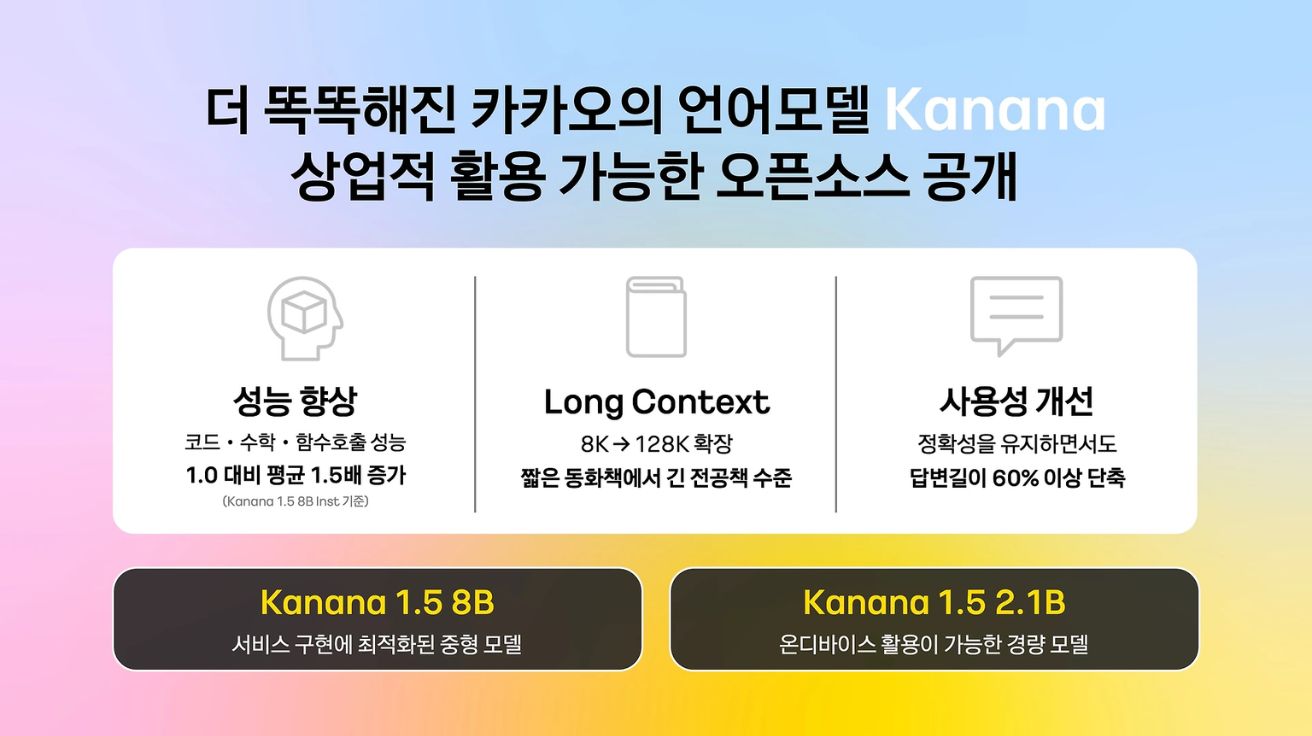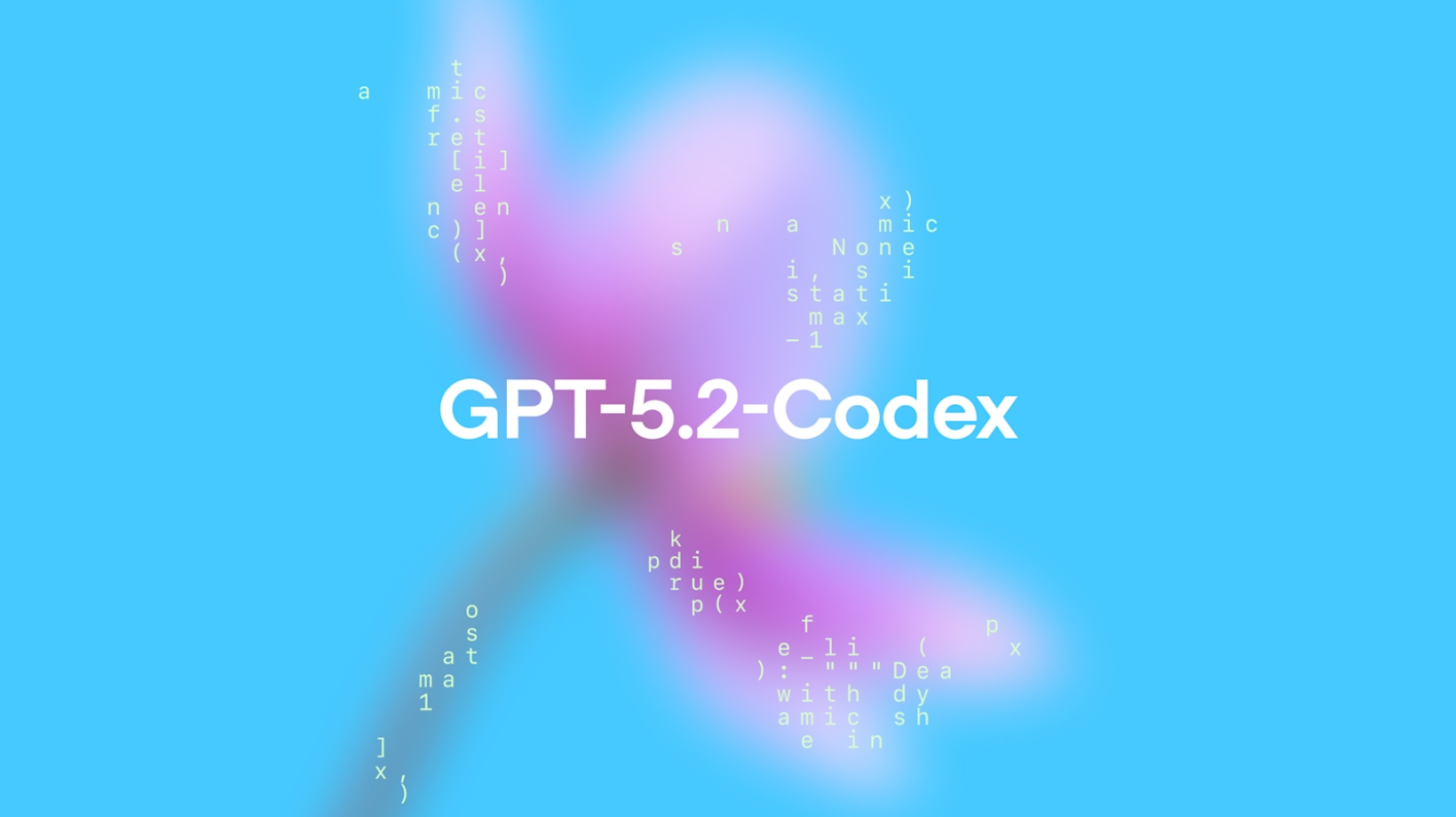Kakao announced on the 23rd (KST) that it has released four versions of its self-developed AI language model, Kanana 1.5, as open source. On that day, Kakao publicly released the Kanana 1.5 model in 8B and 2.1B sizes on Hugging Face. The models released are ▲Kanana-1.5-8b-base ▲Kanana-1.5-8b-instruct ▲Kanana-1.5-2.1b-base ▲Kanana-1.5-2.1b-instruct, totaling 4 versions. It can be freely modified and commercially utilized under the Apache 2.0 license.
The newly released Kanana 1.5 is an improved model from the version released at the end of February. It focused on enhancing features for Agentic AI implementation, and achieved an average performance improvement of 1.5 times compared to the previous version in tasks such as coding, math problem solving, and function calling. The company explained that while maintaining outstanding Korean language performance, Kanana 1.5 has achieved the performance level of open-source SOTA (State-of-the-Art) models.
Kanana 1.5 has also enhanced its ability to understand long contexts and provide concise responses. It can now handle longer text inputs more stably, optimize accuracy and response length, and enhance user perceptual performance in service environments. Kakao has announced that they are currently developing an even more advanced version, Kanana 2, which will improve in various areas such as longer input processing, more sophisticated inference, and structural efficiency.
The key aspect of this open-source release is the application of commercial licenses. AI researchers, developers, and companies can freely tune and utilize the model for their purposes, enabling the establishment of a collaborative AI ecosystem while securing technological competitiveness.
Since last year when they introduced their self-developed AI model ‘Kanana’, Kakao has been consistently open-sourcing models. In February, they distributed the ‘Kanana Nano 2.1B’ model as open-source, and recently they have also shared the performance of ‘Kanana-o’, a unified multimodal language model that can process text, voice, and images simultaneously, being the first of its kind in Korea.
The original article can be found at the link provided.
Image source: Kakao
Kakao to Release Four Commercial Language Model ‘Kanana 1.5’ as Open Source

이미지 출처: 카카오
관련 기사 더보기





![[12월 19일 AI 뉴스 브리핑] 국내 AI 서비스 이용률 조사… 챗GPT 1위, 제미나이·뤼튼 약진 외](https://aimatters.co.kr/wp-content/uploads/2025/12/AI-매터스-기사-썸네일-12월-19일-AI-뉴스-브리핑.jpg)